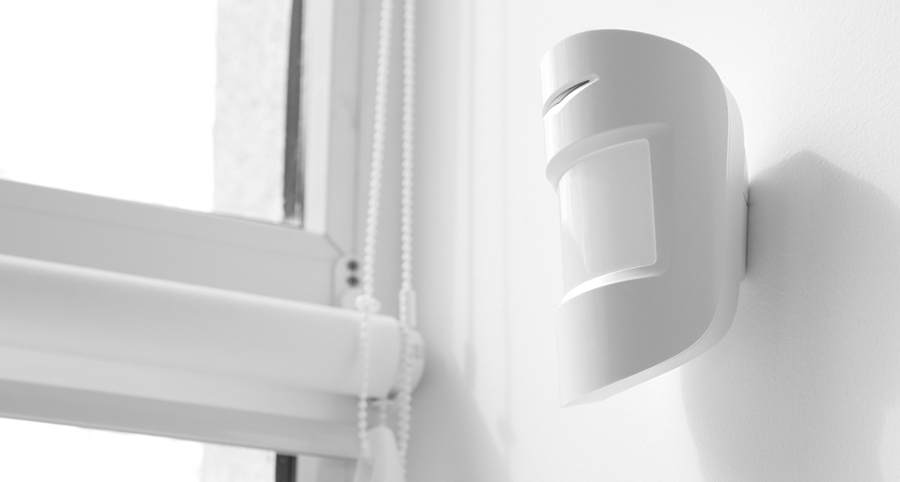
Find Out How Motion Sensors Work In San Jose?
You know the fundamental purpose of motion sensors is to set off your alarm when activity is observed. However, the question still remains: How do they work? What is the technology behind them, and should you use them? This straightforward tutorial will respond to your questions and offer reasons why these implements are such an important facet of your home security system.
In What Ways Are San Jose Motion Sensors Implemented?
If you’re trying to imagine the quantity of motion sensors you’ll need, you should know that the space they provide coverage for is known to fluctuate greatly from as little as six feet up to a distance of 70 feet. If you want, you may find options that can extend your coverage to a greater degree. These tools are commonly found in other elements like outdoor flood lights. Whenever they observe unusual activity, they prompt your lighting and illuminate your home’s perimeter.
In addition to flood lights, you’ll also find motion sensors used in video equipment like the ADT outdoor security camera. This powerful camera is able to be customized to dispatch alerts and even video clips to your cell phone when movement is sensed.
Active Motion Sensors
Active sensors, as you might expect, actively emit some kind of signal and then analyze the speed of the reply. When there is a sudden alteration in the reply, activity is shown and your alarm system is alerted. Microwave sensors are the most common kind of active device. You will also come across ultrasonic sensors that use sound waves and area reflective sensors that assess the response time of infrared light.
Passive Infrared Motion Sensors
One of the other most prevalent kinds of motion detectors in San Jose is the passive infrared --or PIR-- motion sensor. Dissimilar to active devices, they won’t continuously discharge a signal. Conversely, they can detect changes in temperature inside a specified space. A sudden change in heat, like someone walking into a room, will trigger the passive sensor.
If comparing to active types, PIR options use not as much power, are more straightforward to implement, and are less expensive. As an extra benefit, you may change the degree of sensitivity in most cases. To illustrate, the animal-friendly ADP motion sensor may be customized to ignore four-legged occupants weighing under 60 pounds.
Some Other Types Of Motion Sensors
You may find motion sensors that use two types of technology. Called combined, dual, or hybrid sensors, these options assist in minimizing false alarms as both styles of sensors must be triggered for your alarm to turn on. You will also come across vibration detection equipment and tomographic motion devices that are generally employed in more expansive commercial spaces.
Design A Security System With Motion Sensors in San Jose
Now that you have a better idea of how motion sensors work in San Jose, it’s time to request your own home security system with these critical components. Whenever you acquire them within a package, you’ll rest assured knowing they will be implemented seamlessly with the rest of your devices. Contact Secure24 Alarm Systems now and give our professionals a chance to help you find the best package for your residence. Contact us at (408) 641-3351 or complete the ensuing form to start.
